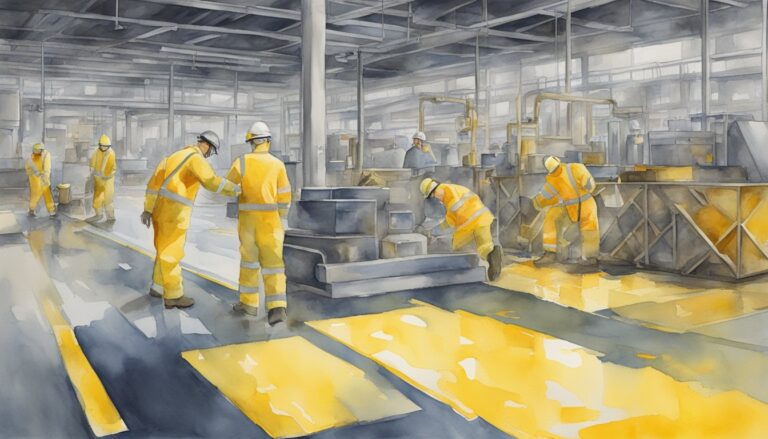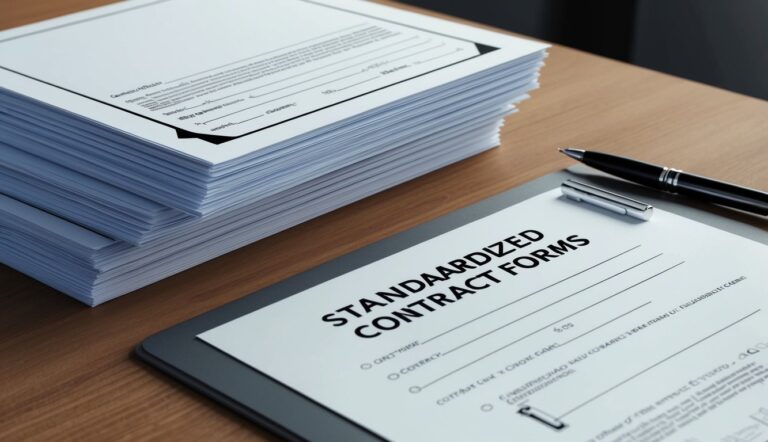Understanding Keywords
Understanding how specific keywords are defined and used in the insurance industry is crucial for assessing risk and predicting potential hazards.
This section explores the meanings and frameworks behind these key terms.
What Does [Keyword] Mean?
In the context of insurance, hazard is defined as any condition that increases the likelihood of a peril occurring.
For example, a chemical spill in a factory poses a significant risk due to the potential for fires and exposure to toxic substances.
The term “hazard” is often confused with “risk”, yet they are distinct.
Hazard refers to the source of potential harm, while risk is the likelihood and impact of that harm occurring.
Peril, on the other hand, refers to the cause of a potential loss, such as a fire or theft.
Understanding these terms helps you better assess and manage potential dangers.
Moreover, knowing the nuances can improve your ability to communicate policies and ensure appropriate coverage.
Additionally, terms like uncertainty and risk play a large role.
In insurance, uncertainty is managed through predictive models and expert opinions to calculate the probabilities of various negative outcomes.
This informed approach helps mitigate potential property and life-related risks in projects and ventures.
Theoretical Framework
The theoretical framework for understanding these terms often involves models and assessments that evaluate the potential for harm.
For instance, an insurance company might conduct a risk assessment to predict the impact of electrical faults in a commercial property.
This involves analyzing historical data, environmental factors, and material conditions that could lead to danger.
Another key framework is the Life Hazard Index, which evaluates the potential risks to human life in different situations.
This can range from analyzing child safety in residential areas to examining chemical hazards in industrial settings.
Understanding this framework helps in designing better insurance products and policies that predict and mitigate risks.
By utilizing a structured approach to identify hazards and assess risks, you can better safeguard your ventures against unforeseen perils.
This is essential in ensuring the sustainability of both personal and professional projects in an uncertain environment.
Practical Applications

In the insurance industry, understanding practical applications of hazard definitions is crucial.
It helps in assessing risks and ensuring safety measures are properly implemented.
Examples of Occupational Hazards in Practice
One key area where hazards are prominent is in occupational settings.
For example, health hazards in workplaces may include exposure to chemicals or repetitive strain injuries.
You need to identify these hazards and ensure safety protocols are in place to mitigate them.
Similarly, recognizing safety hazards like slippery floors or unstable scaffolding can prevent accidents.
By implementing preventative measures, such as regular maintenance and safety training, you can reduce the risk of injuries.
Finally, ensuring awareness and proper handling of electrical hazards is vital.
This involves routine inspections and using protective gear to minimize exposure and prevent potential accidents.
Associated Concepts
Understanding hazards in the insurance industry involves recognizing related terms that provide clarity on different aspects of risk and potential danger.
These concepts are essential for assessing and managing policies to minimize harm to insured parties.
Related Terms
Risk
Risk is the probability of an event causing harm or loss.
In the insurance industry, evaluating risk is crucial for determining policy premiums and coverage limits.
It involves assessing the likelihood of an event and the potential severity of its impact.
Peril
A peril is a specific cause of loss or damage covered by an insurance policy, such as fire, theft, or natural disasters.
Identifying perils helps insurers define what events are covered and establish exclusions.
Vulnerability
Vulnerability refers to the susceptibility of insured assets to harm.
Factors like location, construction materials, and usage can influence vulnerability.
Insurers often assess these factors to determine the level of risk and appropriate coverage.
Environmental Hazard
Environmental hazards include natural events like floods, earthquakes, and hurricanes that pose significant risks to insured property.
Insurers must consider these hazards when developing policies to ensure adequate protection against natural disasters.
Moral Hazard
Moral hazard arises when the behavior of the insured party changes as a result of having insurance coverage.
This can lead to higher risk-taking or negligence, as the insured may rely on the insurer to cover resulting losses.
Understanding this concept is crucial for mitigating misuse of insurance policies.
Danger
Danger represents the potential for harm or adverse outcomes.
In the context of insurance, identifying and evaluating dangers help in structuring policies that protect against various threats, ensuring both the insurer and the insured are adequately safeguarded.
Frequently Asked Questions

Understanding how hazards are defined and classified within various contexts is crucial to managing risks in different fields.
Below are some common questions about hazard definitions.
How is a hazard classified within safety protocols?
A hazard is any source that can cause harm or adverse health effects.
In safety protocols, hazards are often classified by their potential impact.
They can be physical, chemical, biological, ergonomic, or psychosocial.
Identifying these classifications is important for effective hazard management.
What constitutes a hazard in disaster management terms?
In disaster management, a hazard refers to a natural or human-made event that can cause significant damage.
Examples include earthquakes, floods, and industrial accidents.
These hazards are analyzed to reduce their impact and prepare for emergency response.
In the context of geography, how is a hazard defined?
Geographical hazards are natural processes like landslides, volcanic eruptions, and hurricanes.
These events pose risks to people, property, and the environment.
Understanding geographical hazards involves studying their patterns and frequency to mitigate potential damage.
How does the Occupational Safety and Health Administration (OSHA) define a hazard?
OSHA defines a hazard as any workplace condition that can cause injury, illness, or death.
This includes things like electrical hazards, toxic substances, and tripping hazards.
OSHA’s safety management guidelines are designed to identify and mitigate these risks effectively.
Could you explain the relationship between a hazard and a risk?
A hazard is a potential source of harm.
Risk, on the other hand, is the likelihood of the hazard causing harm and the severity of the outcome.
Risk assessment involves evaluating both the probability and impact of hazards.
This helps in prioritizing safety measures and reducing potential losses.
What characteristics are used to best describe a hazard?
Hazards are characterized by their potential to cause harm, the nature of the harm, and the conditions under which they operate.
For example, chemical hazards might be described by their toxicity, flammability, and reactivity.
Identifying these characteristics is essential for effective hazard control and prevention.






